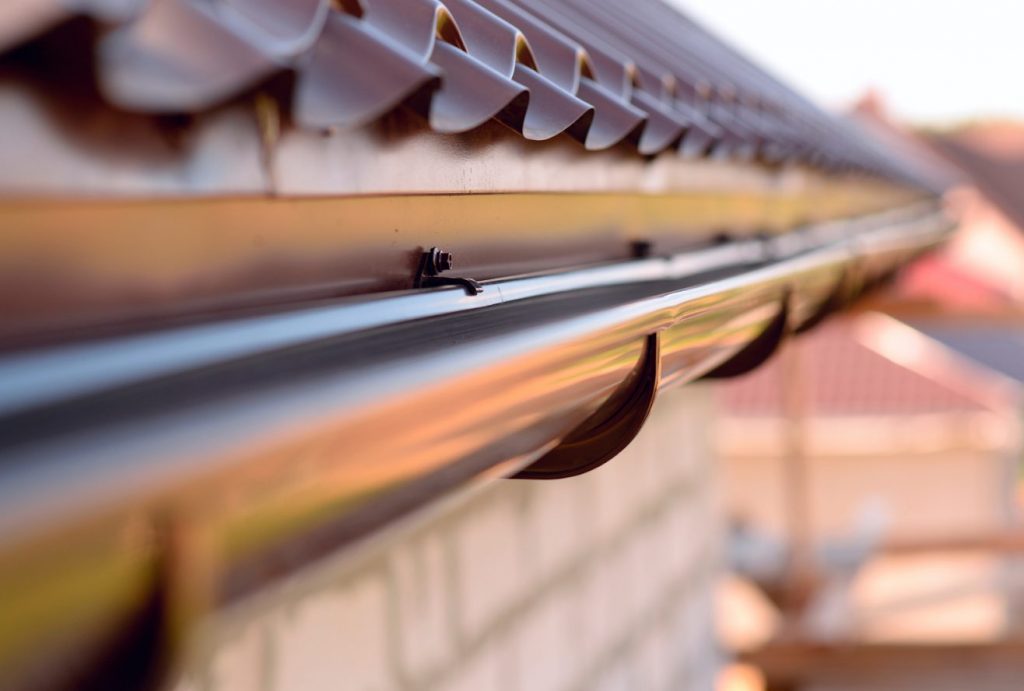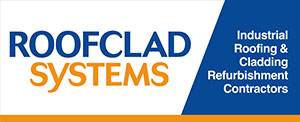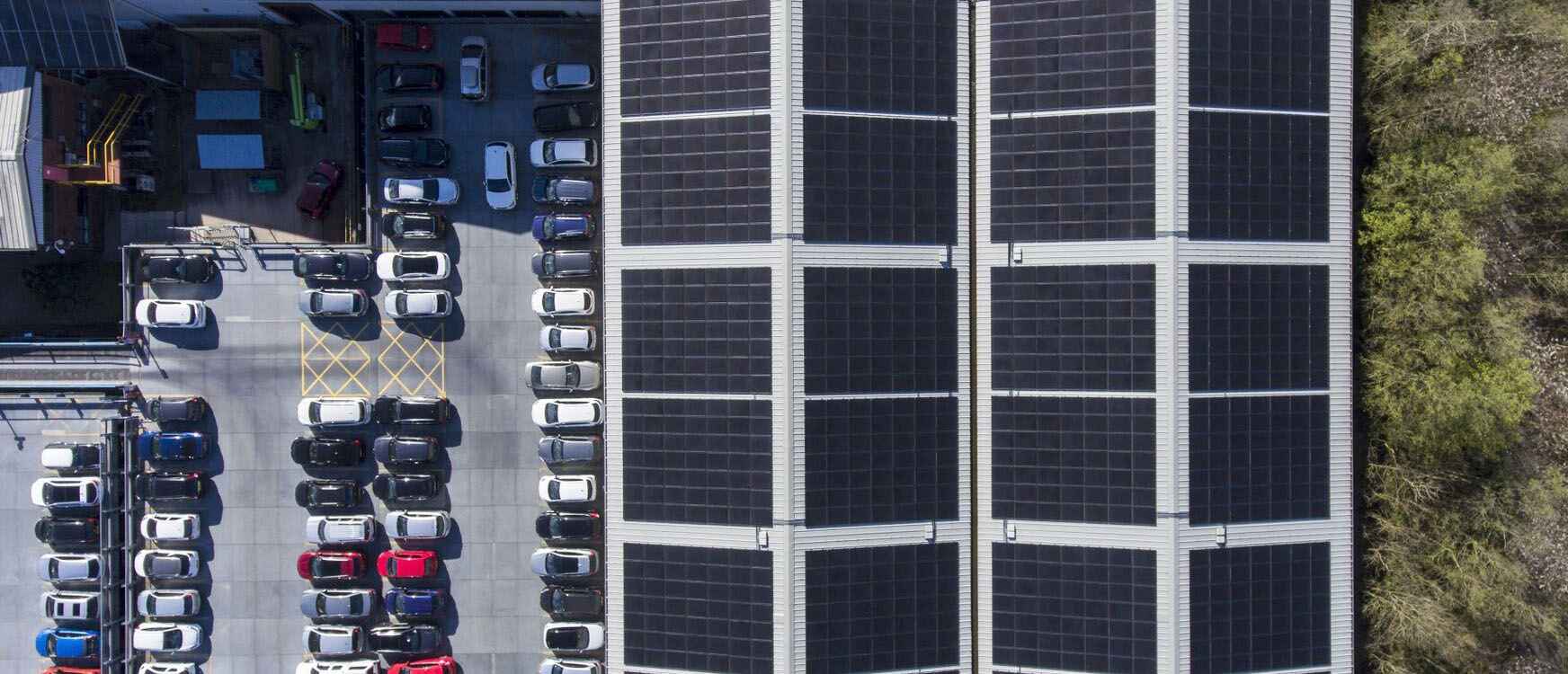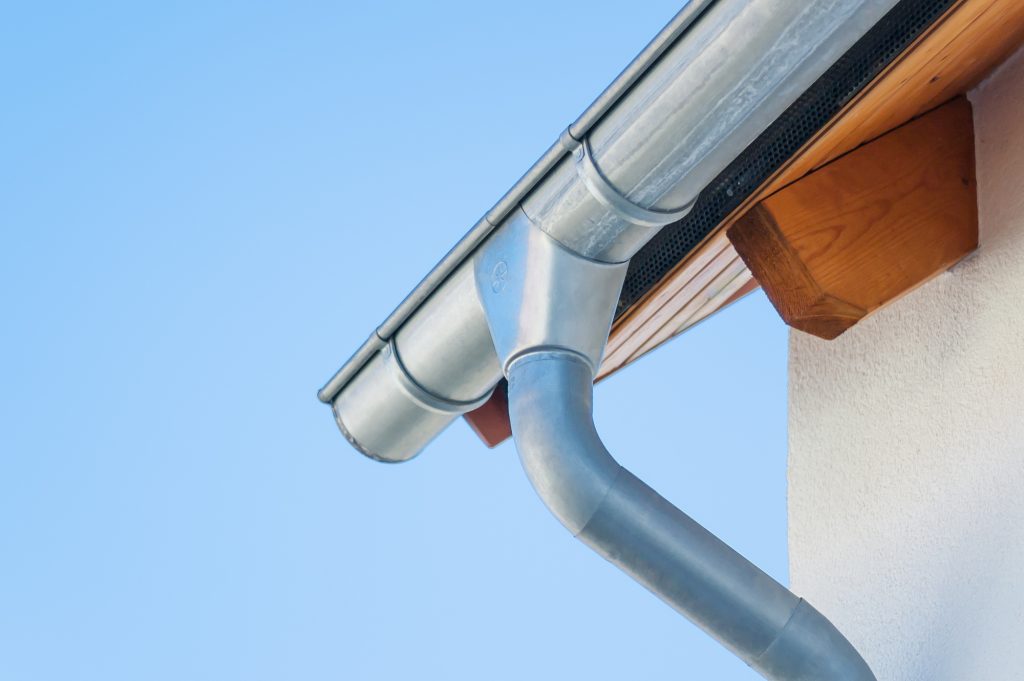Gutters are vital aspects for all buildings, they provide protection from water and the damage it can cause. When it comes to choosing what the best type of guttering is for your project, there are three main things to consider, location, type of building, and the look you want to achieve with the guttering. These factors will help you narrow down your options, helping you to choose the most suitable type of gutter system for your project, and ensuring that it is both functional and aesthetically appealing.

Which type of gutter material is best for your project?
There are a wide range of materials that can be used for guttering systems, and all come with their own advantages and disadvantages. The most important thing is that it does it’s job, successful
ly moving rainwater away from your home quickly and efficiently. The rest comes down to personal preference and how much money you’re wanting to spend. Here are a few of the most popular options for gutter systems:
Vinyl guttering
Vinyl gutters have become an increasingly popular option. They come with many benefits including being easy to install, made up of lightweight pieces that are easy to snap together. They also won’t rust, and are one of the more inexpensive options. However if you live in colder climates, there’s a likelihood that the vinyl may crack. By going for the option of thicker vinyl gutters it may
Aluminium guttering
Aluminium gutters are high strength and low weight, making them an attractive option for guttering. They’re also highly durable and weatherproof, and unlike vinyl it can withstand colder climates without cracking. Unlike vinyl it can withstand cold climates, and with aluminium gutters you can also paint them to match the outside of your house! However, one downfall of aluminium is that it can be easily bent or dented, can be easily dented or bent, e.g. from being hit by a ladder. However this can be avoided by choosing high quality aluminium for your gutters.
Stainless steel guttering
Easy to install, low maintenance, and eco-friendly, stainless steel gutters prove to be another popular option. Stainless steel gutters won’t rust and are the sturdiest out of the bunch, and has a life expectancy of up to 100 years!
However they do come with a heftier price tag, but if you have the money it’s definitely a worthwhile investment.
Plastic guttering
Reliable, and available at a low cost, plastic guttering is another great option. It can withstand extreme weather conditions and temperatures without becoming worn or damaged. If your industrial or commercial project is located somewhere with high rainfall plastic guttering could be the best choice, as it can deal with high volumes of water. Highly versatile, with it being available in a wide range of colours and profiles, plastic guttering is appropriate for a wide range of buildings.
The main issue with plastic gutters are that they can be impacted by the sun. Over time, exposure to the sun can cause the plastic to become brittle and break.
Cast Iron guttering
Used since the Victorian ages, cast iron guttering has earned itself a reputation of being a style of guttering that withstands wear and tear and can last 50 years or even up to 100 years if maintained properly. The reason why cast iron guttering is such a popular choice of guttering is because of the longevity and reliability on offer, something that is not always guaranteed with other gutter materials. They are generally cost effective as they will often last the lifetime of a building and not contribute to environmental damage seeing as it is not plastic material.
The main disadvantage with cast iron guttering is that due to the weight of it, it can be quite challenging to transport and install.
Copper guttering
Copper guttering is certainly one of the most popular gutter materials as they tend to have a very long lifespan with resistance to corrosion and weather damage due to the strong material on offer. Very little maintenance is required with copper guttering due to the solidity and strength of the materials, meaning that this style of gutter is certainly designed to last a long time!
In terms of pricing, copper guttering is certainly at the top end of the gutter materials which is probably its only flaw. This is not for no reason however, as the way in which copper guttering is manufactured means that they are certainly a long term investment designed to last for years to come.
What are the different gutter styles?
Half Round Gutters
Half round guttering is perfect for both existing properties and new builds. Its’ universal design makes it the perfect repair and replacement product. This smoothness of this design also reduces the chances of corrosion, allowing it to last longer than more square shaped guttering.
Ogee Gutters
Maintenance free and long lasting, with both functional value and aesthetic appeal, ogee guttering is a great contender! Ogee style guttering brings with it great kerb appeal and proves to be extremely durable, it also has high capacity and great flow rates. However ogee guttering isn’t a good match for old terrace house cast iron guttering.
Deep Flow Gutters
Deep flow gutters offer an immense practical service as they are designed to carry twice the water volume in comparison to standard half round gutters. Whilst half round gutters do a standard job and are very useful, if you live in an area with heavy rainfall then deep flow gutters will certainly prove a better purchase as water will move faster and be less likely to build up and therefore overflow and cause flooding.
Square Box Gutters
Square box gutters, or box gutters, are very popular for both modern and older buildings as they provide a higher capacity of water than standard guttering. What makes square box gutters so special is due to the shape and positioning of them (often close proximity to a building), they can accumulate transport large volumes of water to a drainage system both safely and securely.
How long do gutters last?
Due to the advanced formulations during the manufacturing process, most guttering that has been installed within the last decade can last up to 30 years. However the lifespan of your gutter is heavily dependent on it being correctly installed and maintained.
How often you need to replace your gutter is heavily dependent on weather conditions. If you live somewhere that is prone to storm, you’ll most likely need to replace your gutter more regularly.
How much maintenance is involved?
In order to help extend the lifespan of your gutter it’s important to carry out the correct maintenance. Although different types of guttering materials require different levels of maintenance, all gutters should be inspected at least once a year, and after any storm or heavy downpour.
Fallen branches and leaves have a tendency of falling into gutters and if left there they can clog up. Regular inspections will remove this debris, avoiding buildup and helping to prolong the lifespan of your gutter, and improve the functionality of your drainage system. Here at Roofclad Systems, we offer maintenance programmes to ensure your guttering system is getting the right care after installation, annually. If your guttering system has been installed properly you should have no trouble or issues and you will be left with roof drainage for years to come. However, it is highly recommended to still get your gutter checked even if you think there may be no problems with it currently.
How can we help?
Here at Roofclad we have been maintaining gutters for over 30 years, with experience on a number of industrial and commercial properties. We offer maintenance systems to ensure that your guttering system is receiving the correct care annually following on from installation.
Want to learn more about our guttering service? Contact us today!


